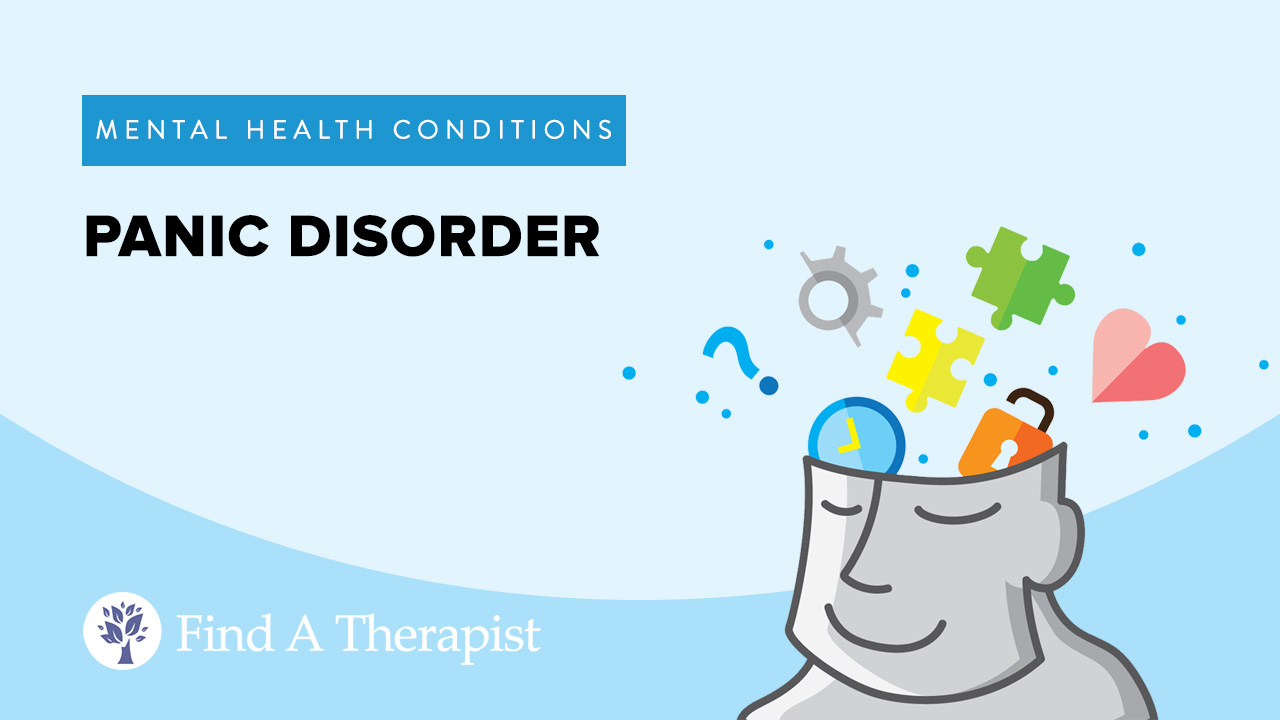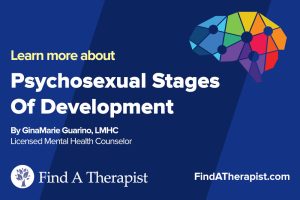Panic Disorder: Signs, Symptoms, And More
Published on June 18th, 2018
Updated on January 2nd, 2024

Having a panic attack is an unpleasant experience. Sometimes a person experiences a panic attack due to unusual or excessive stress, and some people may even have a panic attack and not know why. People who struggle with stress, anxiety, and mood disorders are prone to panic attacks. Panic attacks can be experienced as a symptom of other disorders, but when they occur regularly the experience may be diagnosed as panic disorder.
Panic disorder is a disorder in which a person regularly experiences panic attacks. A person with panic disorder will experience at least one panic attack per month. These panic attacks may be triggered by another mental health condition, such as depression or anxiety, but are treated as a separate disorder. You must meet the diagnostic criteria to be diagnosed with the condition.
Panic disorder is a disorder that can be difficult to cope with each day. Panic attacks are uncomfortable. They can create a fear of dying, being in imminent danger, or having a panic attack, along with other symptoms. For people with panic disorder, the fear of having a panic attack can be enough to cause a panic attack.
Sponsored by

Choose a therapist to work with and start healing with 20% off from BetterHelp.
Click HereA panic attack is unpleasant, but experiencing a panic attack is not a medical emergency. You cannot die from having a panic attack. They are uncomfortable and scary but can be managed with proper education.
Symptoms of Panic Disorder
Knowing the signs of panic disorder is important for understanding the condition. To understand the symptoms of panic disorder, you must understand the symptoms of a panic attack.
Some symptoms of a panic attack include:
- Shortness of breath
- Racing Heartbeat
- Dizziness or disorientation
- Fainting or blacking out
- Stomach pain
- Chest pain
- Hyperventilation
- Numbing or tingling in the arms and legs
- Cold sweats
- Flushed cheeks
- Nausea or vomiting
- Blurred vision
- Restlessness
A panic attack will build for several minutes before reaching a peak of intensity. Having multiple panic attacks increases the risk of panic disorder. The following symptoms of panic disorder will be present within a 6-month period:
- Experiencing at least 1 panic attack per month
- Fear of having another panic attack
- Fear and avoidance of things that may trigger a panic attack
- Unhealthy changing of behavior to prevent future panic attacks
A person with panic disorder may also feel helpless to stop or prevent a panic attack and avoid things that may trigger a panic attack.
Causes and Risk Factors of Panic Disorder
A person may develop a panic disorder for different reasons. Those reasons are unique to the affected person’s circumstances and personal history. The following are common causes and risk factors of panic disorder:
Mental Health Disorders
A person is at increased risk of panic disorder if they have a history of other mental health disorders, like:
- Generalized anxiety disorder
- Depression
- A specific phobia
- Post-traumatic stress disorder (PTSD)
- Obsessive-compulsive disorder (OCD)
- Agoraphobia
- Acute Stress disorder
Family History
Having a direct family member with an anxiety disorder or mood disorder increases the risk of developing panic disorder. Research supports there may be a hereditary link with anxiety disorders. This means a person with panic disorder may have a direct family member who also suffers from an anxiety disorder of some kind.
Personality and Upbringing
Growing up in an abusive or negligent environment increases the risk of panic disorder. If the household was chaotic with a lot of energy and/or fighting, the affected person is at higher risk of developing panic disorder.
Being a victim of bullying or unstable social environments (school, camp, playgroups, etc.) will also increase the risk of developing panic disorder. Other factors include being insecure, sensitive to stress, or suffering from emotional challenges.
History of Trauma
Experiencing trauma or abuse can cause panic disorder. Someone who experiences a traumatic event is at risk of developing the condition. They may develop panic disorder from a traumatic event if they fail to learn healthy coping skills.
Such traumatic experiences may include:
- Physical abuse
- Emotional abuse
- Mental abuse
- Sexual abuse
- Sexual assault
- Domestic violence
- Surviving a natural disaster
- Witnessing or being victim to an act of terror
- Surviving an accident or assault
- Abusive, toxic, or unhealthy relationships

Treatment Options for Panic Disorder
Panic disorder is typically treated with cognitive and behavioral therapies. These therapies target anxiety and avoidance behaviors.
The following are treatment options for panic disorder:
- Cognitive Behavioral Therapy (CBT). CBT focuses on how thoughts trigger emotions, and how emotions influence behavior. CBT helps the affected person make their thoughts less stressful or distressing. This prevents them from getting overwhelmed, which can help prevent panic attacks.
- Exposure Therapy. Exposure therapy is a form of CBT. It uses repeated exposure to a feared object or situation to de-sensitize the brain. This causes the brain to build resilience for stress and anxiety, which reduces panic attacks.
- Eye Movement Desensitization and Reprocessing (EMDR). The process of EMDR is to have the affected person follow an object with their eyes while confronting a trigger for their panic attacks. This reduces the stress response by breaking the brain’s link between memories, stress, and panic attacks.
Sponsored by

Find an affordable therapist online with 20% off from BetterHelp.
Click Here






Leave A Reply